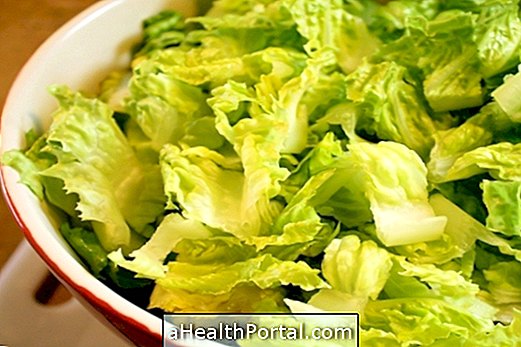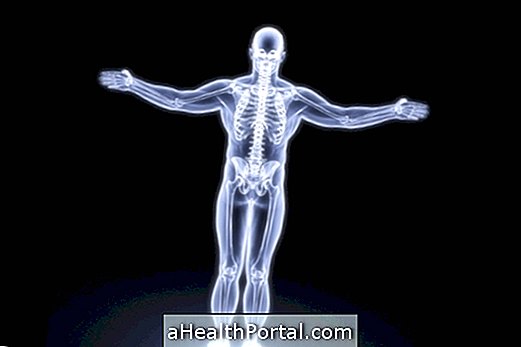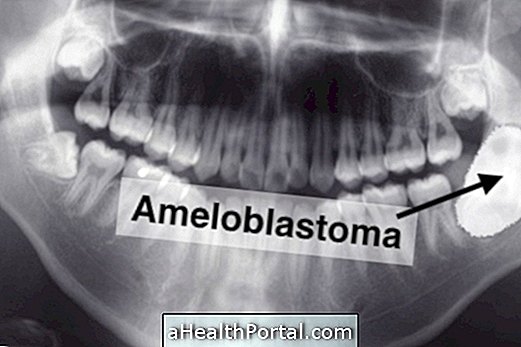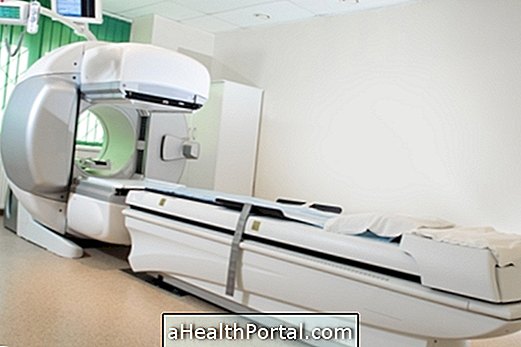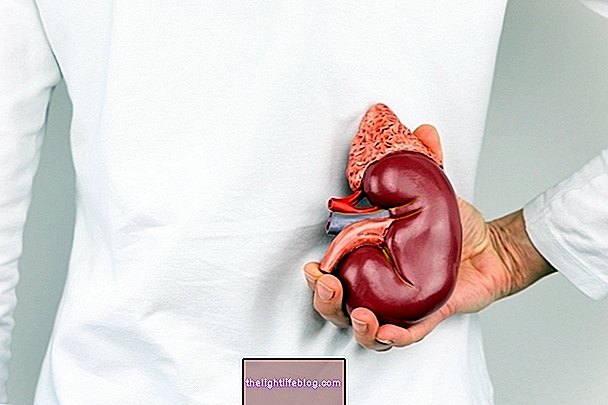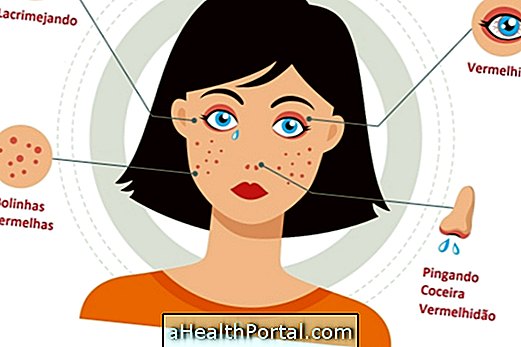Endometriosis is characterized by the growth of endometrial tissue outside the uterus, in places such as the intestines, ovaries, fallopian tubes or bladder, which causes symptoms such as very severe pain, especially during menstruation, but can also be felt in others days of the month.
In addition to endometrial tissue, the gland or stroma may be present, which are also tissues that should not be in other parts of the body, only inside the uterus. This change can spread through various tissues of the pelvic cavity, causing chronic inflammation in these areas.
1. What is intestinal endometriosis?
Intestinal endometriosis is when the endometrial tissue (which lining the uterus internally) spreads through the body and reaches the intestine, causing adhesions. This tissue also responds to hormones, and therefore also bleeds during menstruation. Thus during this phase the woman also presents bleeding through the anus, besides having very strong cramps. Learn all about intestinal endometriosis.
2. Is it possible to get pregnant with endometriosis?
Endometriosis can disrupt anyone who wants to get pregnant and can cause infertility, but this does not always happen because it depends a lot on the tissues that are involved. It is much more difficult to get pregnant when there is endometriosis in the ovaries or in the fallopian tubes, than when there is only in other regions. Theoretically, the more endometrial tissue is outside the uterus, the harder it will be to conceive. See why in: Who has endometriosis can get pregnant?
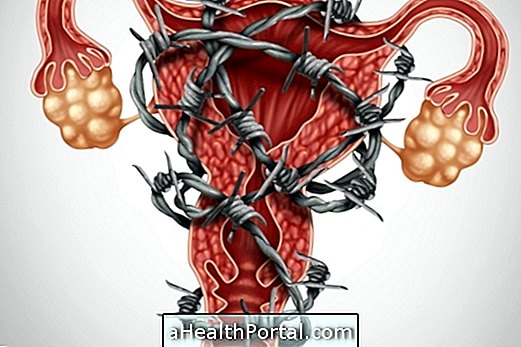
3. How do I know if I have endometriosis?
If the woman exhibits symptoms such as heavy menstruation, pain during intimate contact or shortly after intercourse and pain in the foot of the belly should go to the gynecologist to perform examinations such as transvaginal or pelvic ultrasound to verify if it really is endometriosis and start the appropriate treatment.
4. What causes endometriosis?
Theoretically the causes of endometriosis can be:
- Retrograde menses, ie the presence of menstrual remains in the pelvic and abdominal organs that gives rise to the endometrial tissue causing the disease. These menstrual remnants present in the abdominal cavity should be eliminated by the body's defense cells, but for some failure, this does not happen and this has been studied over the last few years.
- Environmental factors such as the presence of pollutants called PCBs and TCDD are present in the fat of meat, water and soft drinks and can alter the immune system causing the body to not recognize these tissues, which would lead to endometriosis, but more scientific research should be done. to prove these theories.
It is also known that women with cases of endometriosis in the family are more likely to develop the disease and therefore genetic factors would also be involved.
5. Does endometriosis have a cure?
Endometriosis is cured through surgery to remove all endometrial tissue scattered in the pelvic region, but it may also be necessary to remove the uterus and ovaries if the woman does not wish to become pregnant. There are other options like analgesics and hormonal remedies, which help control the disease and relieve symptoms, but if the tissue is spread in other regions, only the surgery will be able to make its removal complete.
6. What is the best treatment for endometriosis?
The treatment of endometriosis should be directed by the gynecologist and usually depends on the woman's age and the symptoms she presents.
- Mild endometriosis: Anti-inflammatory drugs, such as ibuprofen, may be used to reduce pain but do not prevent the development of the disease.
- Deep endometriosis: Hormonal remedies or surgery for endometriosis may be used, which help reduce the amount of endometrial tissue outside the uterus.
However, these types of treatments reduce the chances of getting pregnant and are only used in more advanced cases or when the woman is close to menopause. Learn more details of treatment in: Treatment for endometriosis.
7. How is surgery for endometriosis?
The surgery is performed by the gynecologist by videolaparoscopy and consists of removing as much of the endometrial tissue as possible that is outside the uterus. This surgery is delicate, but may be the best solution for the most serious cases when the tissue has spread to several areas causing pain and adhesions. Learn all about surgery here.

8. Is endometriosis fattening?
Endometriosis causes abdominal swelling and fluid retention because it ends up causing inflammation in the organs in which it is found, such as ovaries, bladder, intestine or peritoneum. Although there is not a large increase in weight in most women, an increase in abdominal volume, especially pelvic volume, can be noted in more severe cases of endometriosis.
9. Does endometriosis become cancer?
Not necessarily, but since the tissue is spread by areas where it should not be, this in addition to other genetic factors, may facilitate the development of malignant cells and so if the woman has endometriosis, should follow up with the gynecologist, performing more frequent blood and ultrasound examinations and should follow the treatment indicated by your doctor.
10. Can colic be endometriosis?
One of the symptoms of endometriosis is intense colic during menstruation; however, there are other situations that also cause severe cramps like dysmenorrhea, for example. Therefore, the diagnostician is the gynecologist based on the observation of the woman and her examinations. Understand how dysmenorrhea is treated.
11. Is there natural treatment for endometriosis?
Omega 3 evening primrose capsules are a good natural option, although not enough to cure the disease, help fight the symptoms of endometriosis making day to day and menstruation easier.
12. Can a woman with endometriosis lose the baby if she becomes pregnant?
Usually the symptoms of endometriosis improve during pregnancy and complications during pregnancy are very rare. But despite this there is a slightly greater risk of the woman having placenta previa, which can be observed with more frequent ultrasound, requested by the obstetrician.





